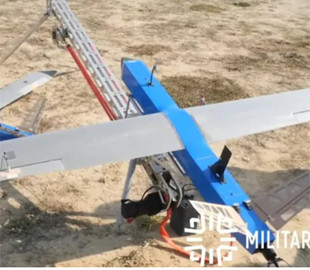
According to the media, such drones will intercept Russian UAVs at a distance of 60 km, perform reconnaissance missions and will be acceptable in price.
The Armed Forces of Ukraine will adopt medium fixed-wing interceptor drones by the end of this year. BILD writes about this with reference to open data analysis expert Julian Röpke.
The publication notes that during the Russian-Ukrainian war, Russia has air superiority thanks to aviation, drones and missiles, but the Western allies prohibit the armed forces from attacking Russian air bases. It is for this reason that Ukraine is currently betting on its own interceptor drones. In general, Julian Röpke writes about three types of them:
200% Deposit Bonus up to €3,000 180% First Deposit Bonus up to $20,000- small interceptor drones can shoot down Russian quadcopters and reconnaissance drones. They are already implemented. Every week they shoot down about 50 small drones of the Russian Federation;
- medium interceptor drones with a fixed wing are currently being tested, and will be used already this year. “Newsweek” reports that such drones will be able to intercept Russian UAVs at a distance of up to 60 kilometers. An inexpensive “kamikaze interceptor” can also perform reconnaissance missions;
- large long-range interceptor drones can destroy Iranian Shahed drones (known as “Gerani” in Russia). For this, they must accelerate to at least 200 km/h and have a range of 200-500 km. Currently, there are no such systems in Ukraine — they should be developed by 2025. Iranian drones are shot down by Western missiles Patriot (one shot costs 4 million euros) or Iris-T (cost of one shot (500,000 euros). The Geranis themselves cost 50,000 euros.
Note , which uses WWII-era technology to power drones. Specifically, a laser sensor is attached to a drone bomb's detonator. It then sets the bomb's detonator, increasing the drone's lethality technology increases the lethality of Ukrainian drone strikes.

